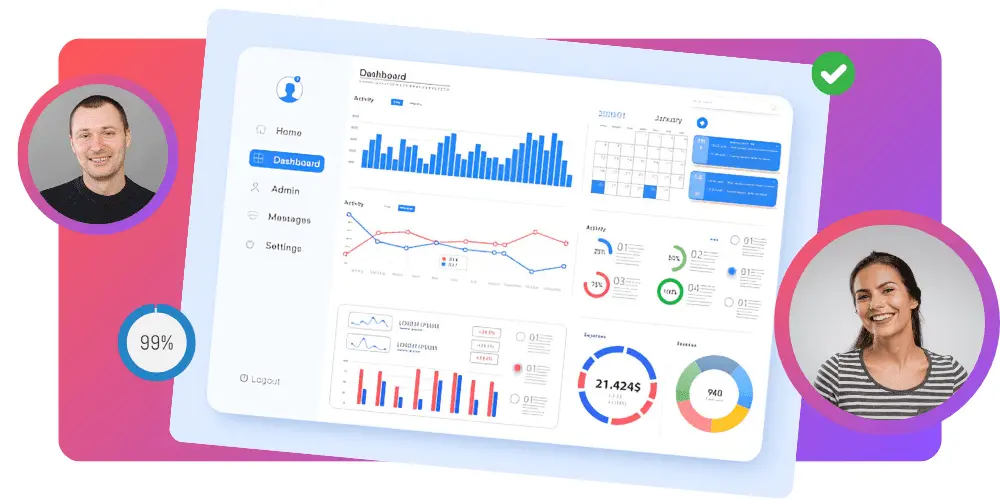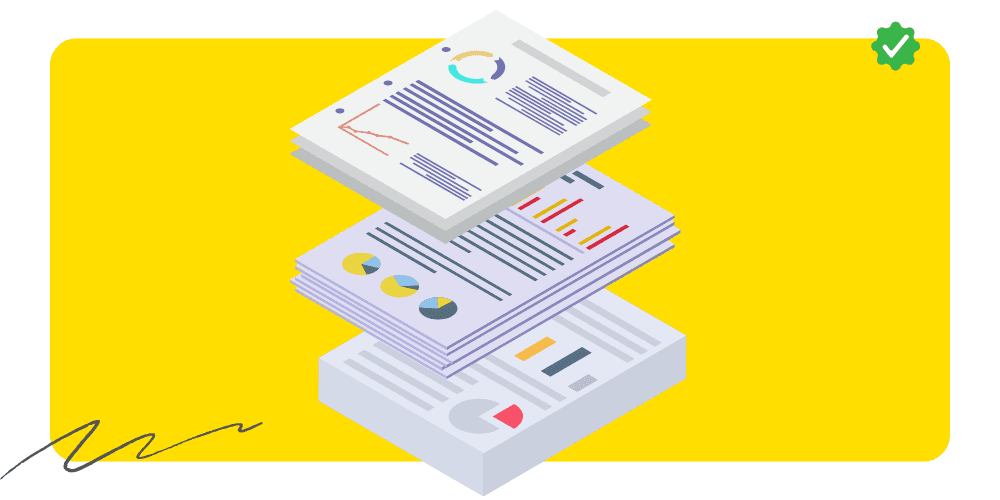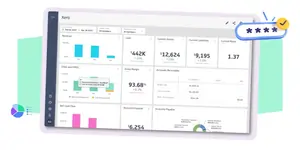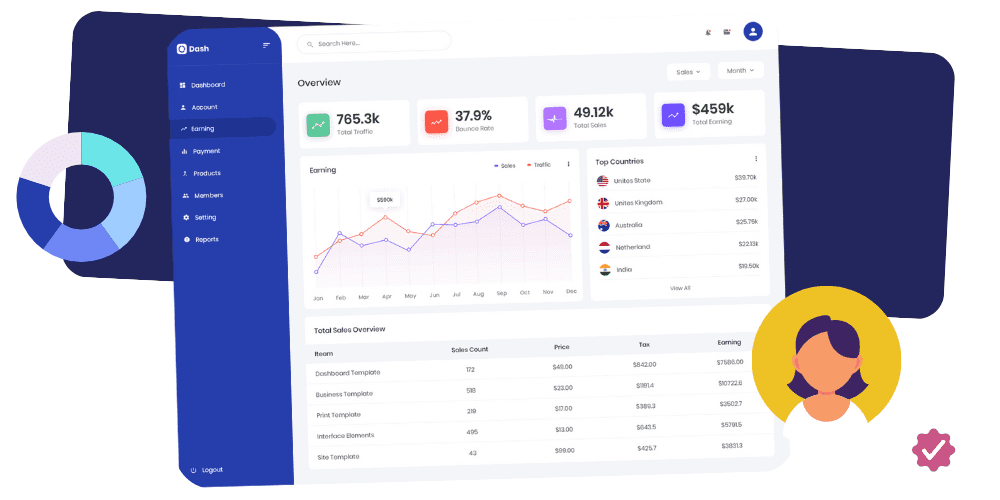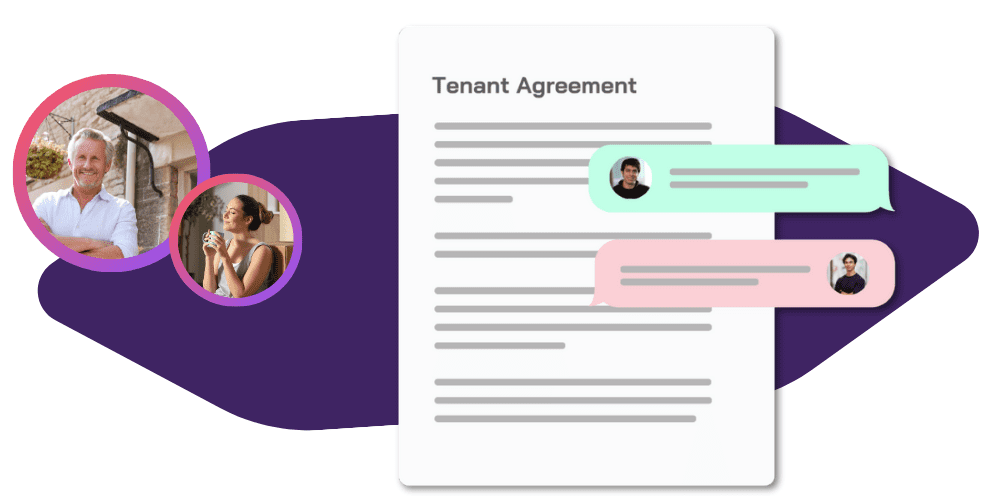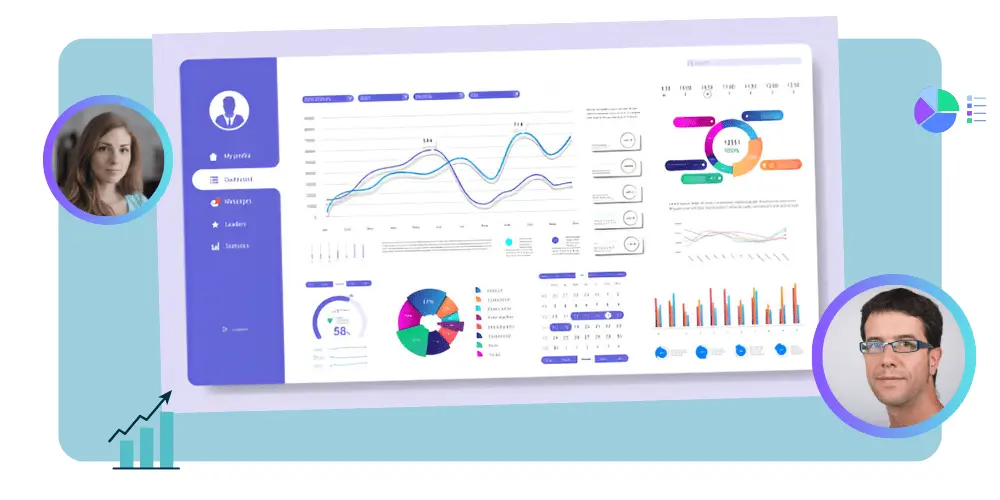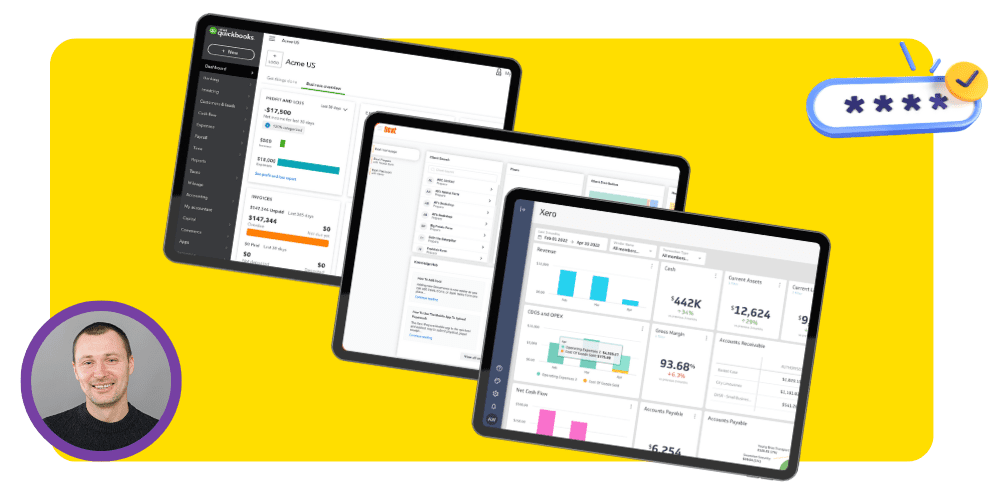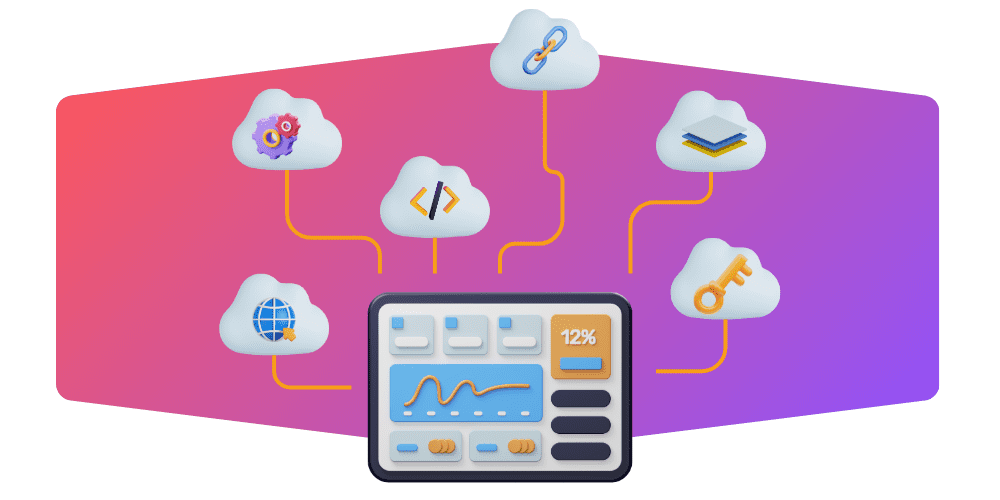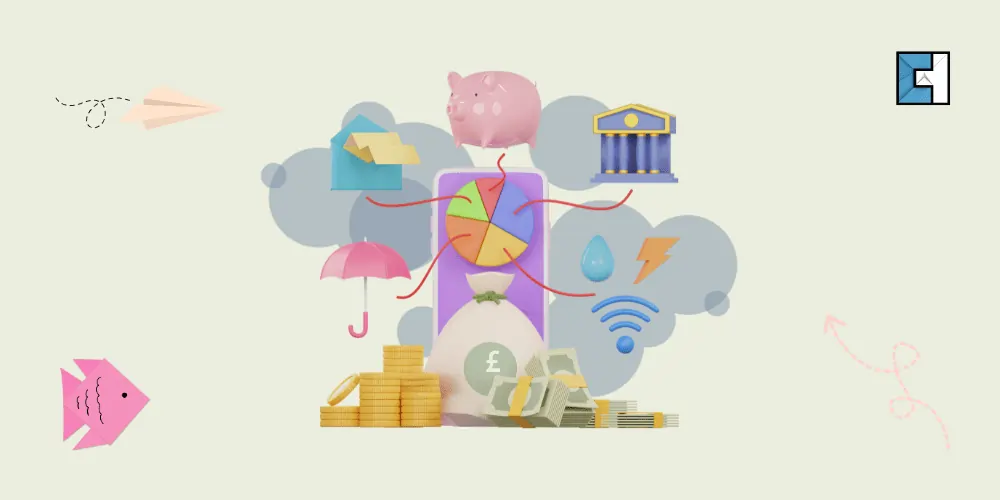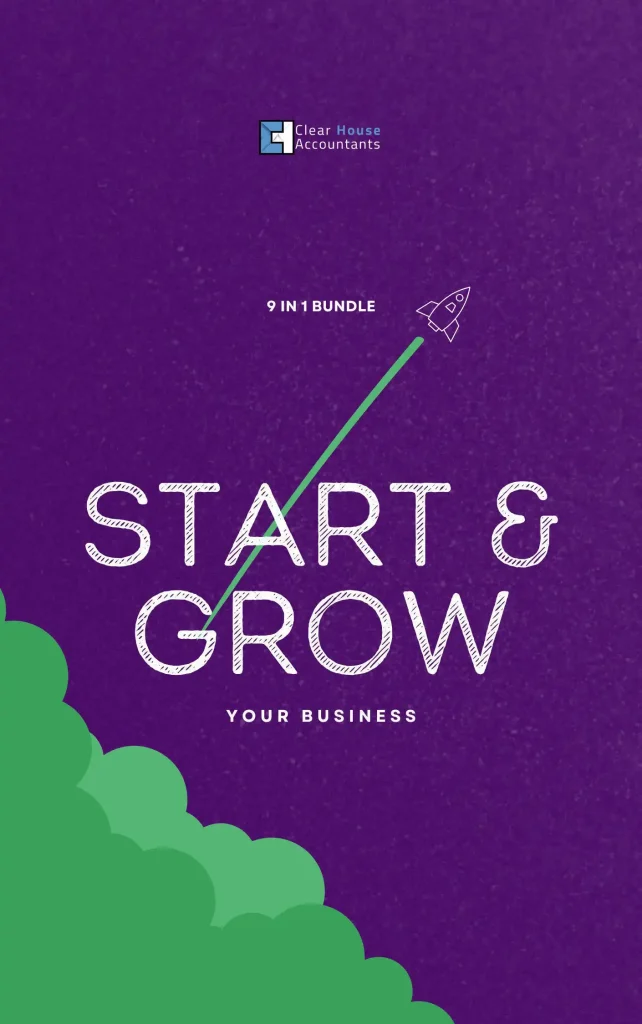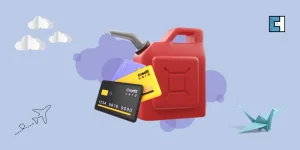Invoicing is essential on both ends of a business, whether it is a supplier or a customer. As a supplier, the remittance advice slip will help you improve your accounts receivable process. While on the customer’s end, the remittance advice will assist you in reconfirming your payment with the relevant invoice, online payment or cash payment. A transparent invoicing system brings precision to the bookkeeping process and acts as a catalyst to improve supplier and customer relationship management. But what is remittance advice, and how valuable is it? Equip yourself with handy knowledge for your business as you learn all about sending remittance advice in this complete guide.
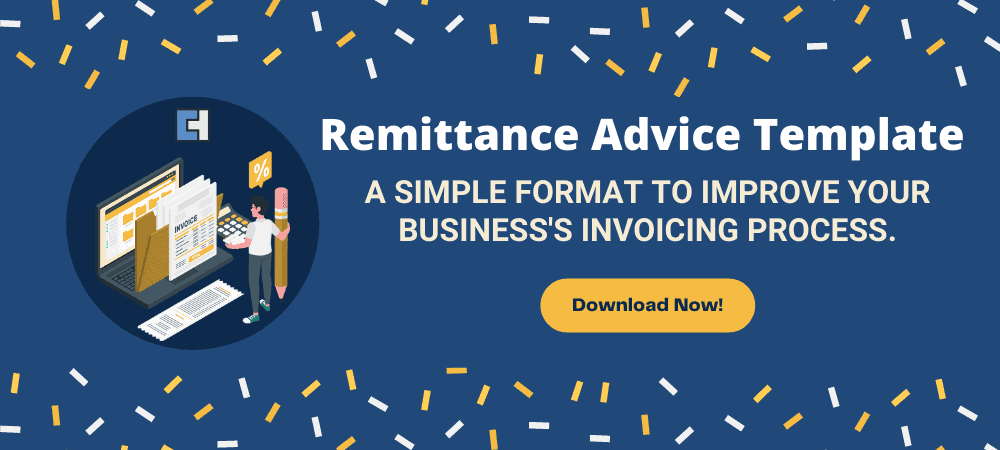
What is a Remittance?
The word remittance is derived from ‘remit’. Remittance refers to sending back or transferring an amount of money to another party such as a supplier, contractor, vendor, or another business. Remittance is generally used for overseas payments, although payments from bills to invoices or personal money transfers to friends or family is considered a remittance.
What is Remittance Advice?
Remittance advice is a detailed document sent as a notification of payment made from a payer to a payee, such as a customer to a supplier. The remittance advice is often sent along with the payment amount; however, it is not always necessary. The invoice acts as a courtesy reminder as it helps match invoices with payments, thus facilitating the supplier(payee) with its record-keeping process.
Remittance advice is sometimes a part of the invoice where the payer(customer) can detach the advice, fill in the corresponding details, and return it along with the payment. Otherwise, a confirmation email or snapshot of the remittance advice is always appreciated to keep as proof when making online payments.
What Value Does a Remittance Advice Hold?
The remittance advice provides businesses with a proper understanding of specific invoices and validates the amount paid and received. Financial institutions send remittance invoices to request payments to recipients like contractors, friends, or family members. The recipient’s payment and remittance advice is then utilised to follow up and plan on any charges that have not been received. Therefore, it acts as a guide for businesses to manage cash flows and client account details.
How Do Businesses Generate Remittance Advice?
Remittance advice can be paper-based, electronically automated, or customised using different templates for each payment receipt. Businesses often tend to make use of excel, google docs, or other online template resources and tools to customise their remittance advice. Moreover, they use online cloud accounting software to automatically generate advice and email it forward to the payment recipient. It’s best to incorporate all the essential components of remittance advice before sending it out to avoid any miscommunications.

What Does a Business Remittance Advice Include?
Once you decide to issue remittance advice to your payers, you will look forward to including all the vital information on the invoice. Here are some of the standard elements you will incorporate when issuing remittance advice slips:
- Your business name and address
- Recipient’s name and address
- Method of payment
- Payment amount
- Invoice number
- Issued date of remittance.
- The date by which the recipient can expect the payment to be completed.
- An email address is required for remittance advice.
Along with this information, it is always advisable to include the company letterhead and contact number on your remittance advice so that the recipient can immediately contact you in case of any queries or concerns. Also, make sure to include relevant tax details wherever they apply or consult a tax expert to understand any possible tax implications beforehand.
What Does a Remittance Advice Appear to Be Like?
Including the details mentioned above, here is a basic example of how your remittance advice can appear.
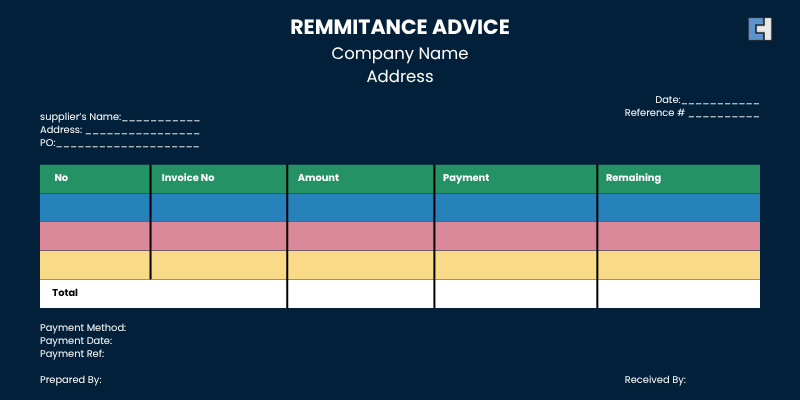
However, it’s imperative to note that there are different types of remittance advice that you can use for your customers.

What are the Different Kinds of Remittance Advice?
- Basic Remittance Advice
This remittance advice is a simple letter that states the invoice number and the total payment amount.
- Removable Invoice Advice
This invoice comes with a removable remittance slip that recipients fill out and submit back with the payment.
- Scannable Remittance Advice
Different software creates and scans invoices into computer systems for easy and reliable electronic record-keeping.
Do I Need to Send Remittance Advice?
There is no obligation attached to sending out remittance advice slips. However, they act as a courtesy that customers benefit from and suppliers appreciate. The high value and low effort level have led most businesses to issue this advice and other invoices so that customer dealings can be made simpler and more efficient.
How do I Send Remittance Advice?
There are no legal guidelines on how to send remittance advice because it is not mandatory to send one. But it is better to send remittance advice on company-headed paper just to be on the safe side. Now that you are well aware of all the essential details required to create remittance advice, here are some of the standard practices that you can follow to send out remittance advice:
- Remittance Advice via Email
Email is the simplest form of sending and receiving remittance advice slips. You can scan your remittances or send electronically generated remittance advice to your supplier through email. It is vital to request the entity’s email address beforehand instead of relying on the general email address to avoid inconvenience.
- Remittance Advice via Snail Mail
The physical mail system has been in practice for a very long time. You can send the remittance advice along with the payment amount to the supplier’s remittance address and proceed with the payment process.
- Other Digital Methods
Various accounting software has entirely digitalised the sending and receiving of remittance advice. Efficient systems like QuickBooks and Xero automatically update the remittance advice documents directly sent to the recipients by email and text, while notifying them when the payment remittance is scheduled or paid.

What Does the Term ‘Payment Remittance’ Mean?
A payment remittance is simply another name for sending money for payment purposes. For example, John runs a business in the UK and buys some products from China. John will then have to pay for the order by sending a payment remittance to the Chinese supplier.
A payment remittance can be sent internationally or domestically by different means like a cheque by mail or peer-to-peer money by alternative transfer services.
Benefits of Electronic Remittance Advice
Most businesses use electronic remittance advice (ERA) instead of paper remittances because ERA has various benefits compared to the standard ones as it lets providers manage cash flow. However, do ask the supplier for the appropriate email address before sending one. Let us understand the pros of using electronic remittance advice in more detail.
Straightforward and Swift Receipts
Electronic remittances provide businesses with a smooth process where parties do not wait for the hard copy of their invoices, as they receive the receipt on the same day the claim is finalised.
Streamlines the Reconciliation System
Software allows electronic remittances to update the recipients automatically. This helps businesses reconcile and manage outstanding balances in a clear and organised way.
Environment-Friendly
ERA does not promote or include paper, thus making the entire process environment-friendly.
Saving on Administrative Costs and Time
Businesses save up on printing and paper costs with ERA and require less time to review online records (e.g. databases)
Quick Management of Secondary Claims
The swift receipt process under the ERA allows businesses to forward the duplicate invoices to people who require them for claims like reimbursement applications.
Low Maintenance Costs
Since the paper hassle is eliminated with ERA, businesses do not have to worry about holding all the receipts in a particular place; therefore, reducing maintenance and storage costs considerably.
Is a Remittance Advice Proof of Payment?
Many individuals misunderstand paper remittance advice as proof of payment. Still, it is essential to remember that it is a notification of the processed payment sent to the payee, meaning that the amount does not necessarily have to reach the intended receiver. Because of this, accountants do not entirely rely on remittance advice and always confirm payments through existing cash receipts.
Summing Up Remittance Advice
Remittance advice exists in several forms and is dispatched and received through various media. You need to keep all the copies safe as an individual or a business. This way, you can look into any queries regarding previous or pending payments by referring to the previous remittance advice records. You will also have to provide these slips to your accountant when preparing your year-end accounts to make sure your statements are error-free. It is advisable to consult a professional accountant and find cost-effective solutions for your business’s accounting practices.
Additional Resources





